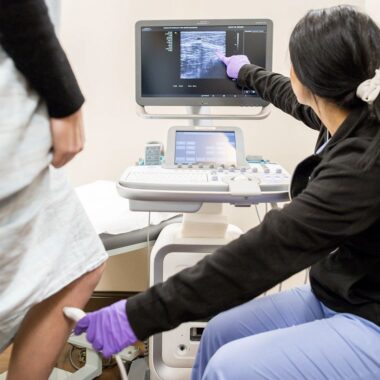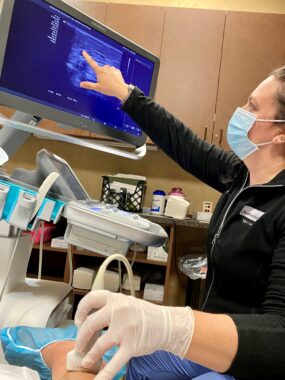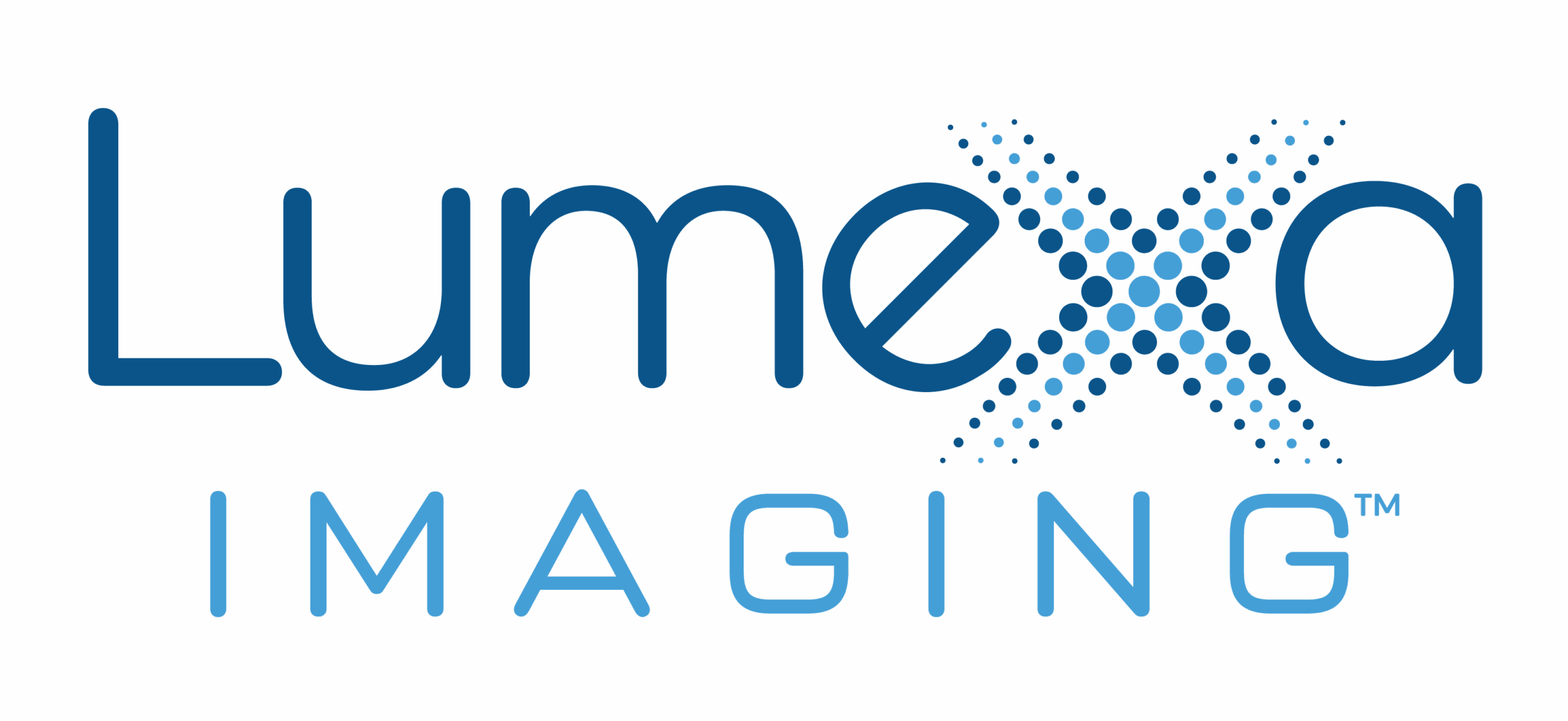If you have varicose veins — bulging veins just under the skin — you may feel self-conscious about the appearance of your legs. You may even notice uncomfortable aching, heaviness, tiredness, and swelling, as a result of underlying dysfunction of your leg veins, which is called venous insufficiency. Fortunately, there are effective nonsurgical varicose vein treatment options available, which can markedly improve the appearance of varicose veins and symptoms of venous insufficiency.
How Varicose Veins Form
There are multiple contributors to the development of venous insufficiency and varicose veins. The veins in our legs have to work against gravity, and over time, these veins can become stretched out, which leads to poor vein valve function. When these valves aren’t working well, blood can pool down into the legs instead of returning toward the heart. In response, the body tries to reroute this blood via vein branches, which gradually enlarge, and become the varicose veins that you can see.
There are many vein disease misconceptions and myths about what causes vein disease. Risk factors include:
- Having a family history of varicose veins or deep vein thrombosis
- Sitting or standing for long periods
- Being overweight or obese
- Older age
- Lack of physical activity
- Pregnancy
Developing varicose veins can lead to many symptoms, such as:
- Heavy feeling in the legs and feet
- Aching in the legs and along varicose veins
- Visible bulging veins
- Darkening skin color, typically along the lower legs
- Itchy skin around the affected vein or veins
- Leg cramps, especially at night
- Leg swelling
If you have symptoms of varicose veins, it’s a good idea to see your doctor to discuss diagnosis and potential treatment options. Serious complications — such as skin ulcers or sores, bleeding from varicose veins, and clotting of varicose veins — can sometimes occur if varicose veins go untreated.
Read More: What You Can Do to Boost Your Vein Health
How Are Varicose Veins Diagnosed?
To make a diagnosis, your doctor will examine your legs and ask questions about your symptoms, exercise level and family history.
Your doctor might also order imaging tests to see how well blood flows through your veins and check for blood clots or leaky valves. These tests include an ultrasound, which creates images of the inside of your legs using sound waves and gives your doctor information about your vein health, including the shape and size of your veins.
Varicose Vein Treatment: EVLT and Sclerotherapy
Charlotte Radiology Vein Centers offer different treatment options for people with varicose veins.
EVLT
Endovenous laser therapy (EVLT) is a noninvasive outpatient procedure used to close the largest branches of leaky leg veins. During EVLT, a radiologist specializing in venous disease uses ultrasound guidance to close off the damaged vein with a laser, causing the blood to flow through healthier veins. Special numbing agents are administered during the procedure to ensure that you feel minimal discomfort during the procedure.
In addition to being a simple, nonsurgical procedure, EVLT has other benefits:
- Efficacy rate of 98%
- No significant side effects
- Requires only local anesthetic
- Takes only about an hour
You will need to wear compression stockings following the procedure for at least 1 week to decrease swelling and aid the healing process. You’ll also need to avoid strenuous exercise and heavy lifting for two weeks, but you can do all other daily activities. Pain and discomfort are normal for the first 24 hours, and mild soreness may linger for 7 to 10 days.
Read More: This Is Why I Chose Charlotte Radiology for Vein Treatment
Sclerotherapy
Another treatment available at Charlotte Radiology is sclerotherapy, an effective, noninvasive procedure to close varicose and spider veins. This treatment is performed to close residual varicose vein branches after EVLT in almost all patients. Spider veins appear as thin, jagged blue or red lines on the face or legs. While generally a cosmetic issue, spider veins can cover large areas of skin and sometimes signal the presence of underlying vein insufficiency/disease.
Charlotte Radiology offers two types of sclerotherapy:
- Cosmetic, performed by a registered nurse for patients with no underlying vein disease
- Medical sclerotherapy, performed by a subspecialized physician, usually as a follow-up to EVLT
The nurse or radiologist performs the procedure by using a very fine needle to inject a vein-dissolving solution into the affected veins. No anesthetic is necessary, although you may feel small pin pricks. The process usually takes about 30 to 45 minutes, but more than one session is often needed to achieve desired results. Spider veins generally respond to the treatment in three to six weeks, while varicose veins take a bit longer, usually three to four months.
After sclerotherapy, you’ll need to wear compression stockings for a week. You may experience mild side effects, such as hard or knotty areas of skin, swelling, tenderness and bruising. You can do all normal activities, except for heavy lifting and strenuous exercise. Try to walk regularly to encourage blood flow. You will need to avoid prolonged sun exposure to your legs for three months following sclerotherapy to reduce the risk of persistent discoloration along the sclerosed veins.



